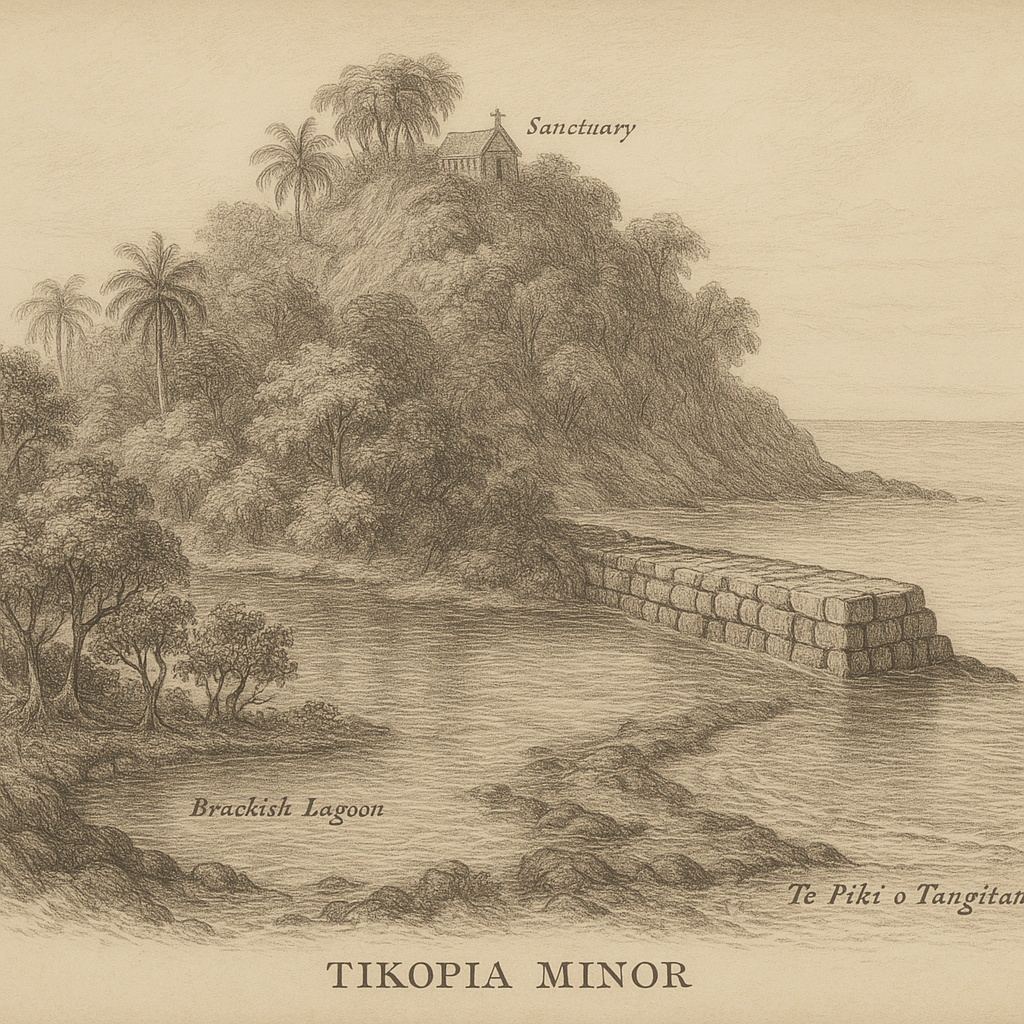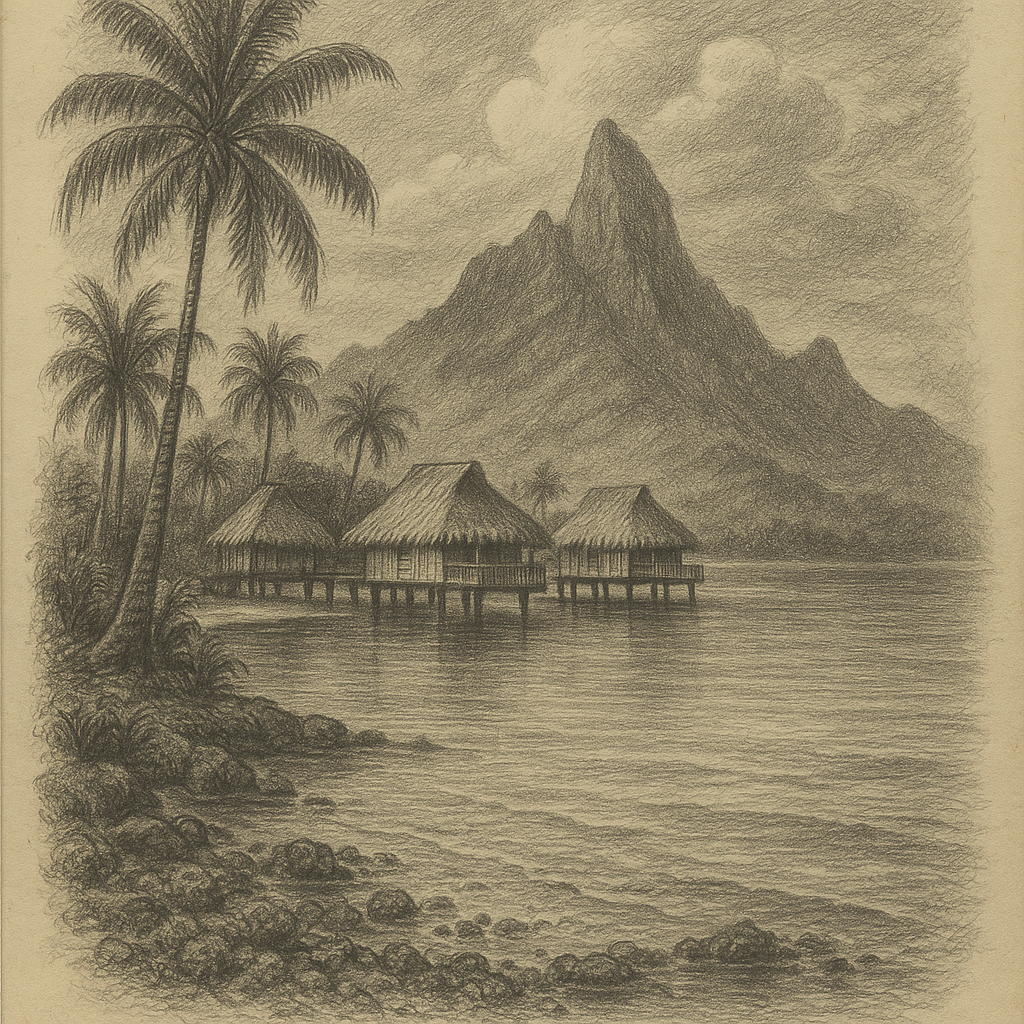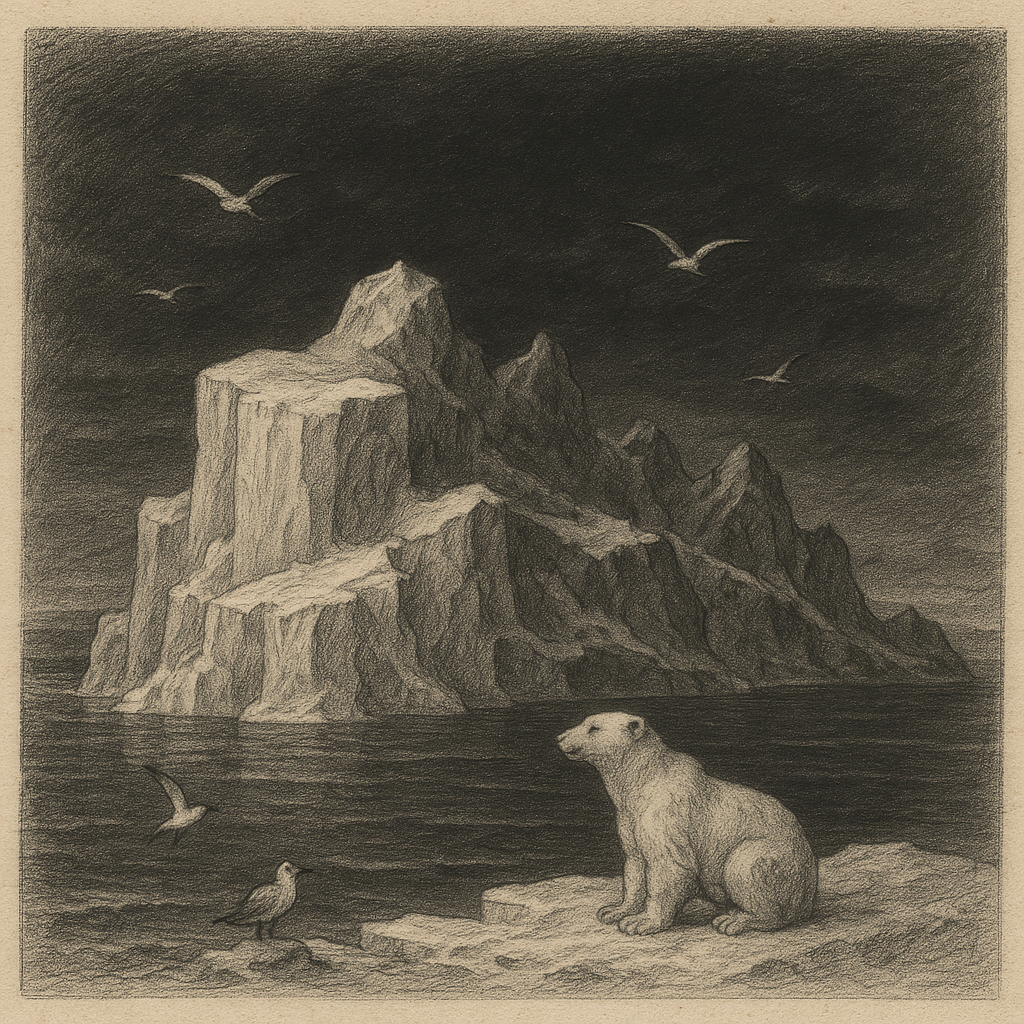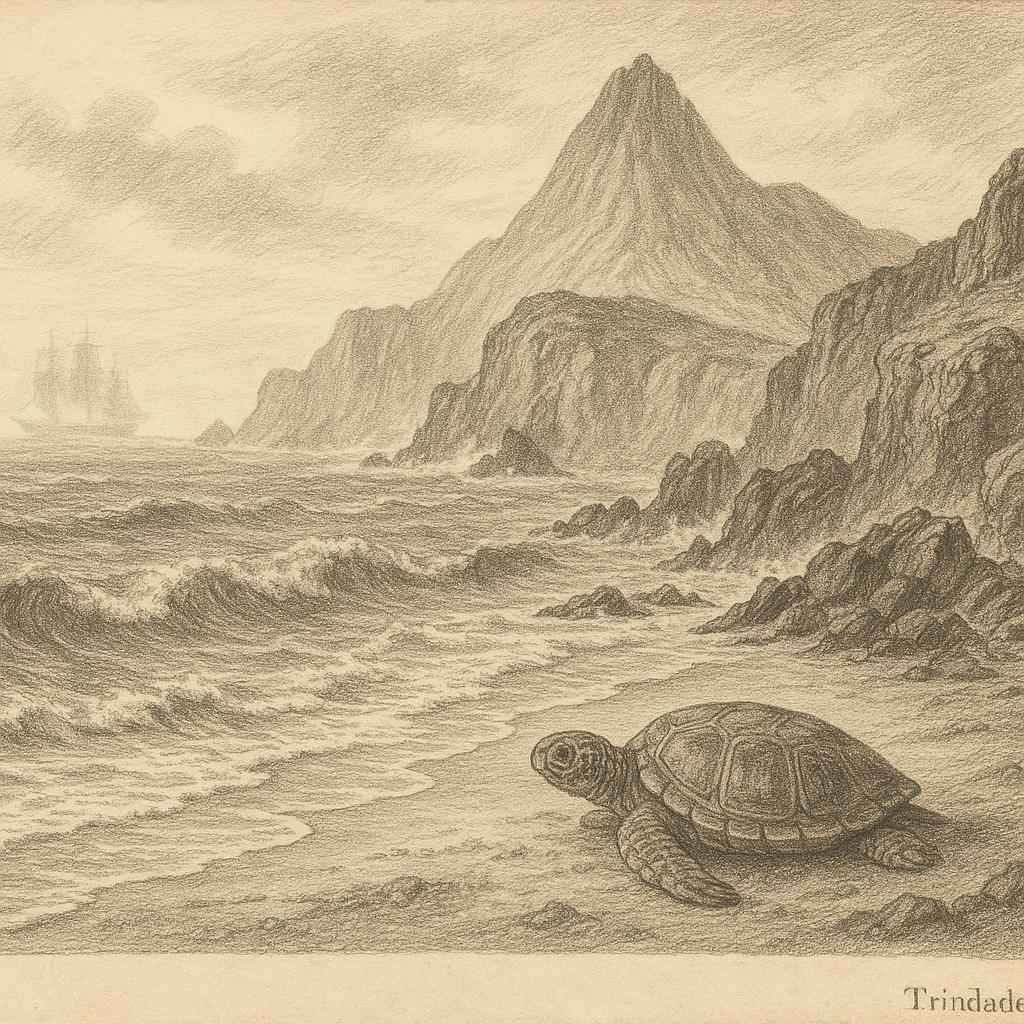Tikopia Minor Central Island: A Hidden Gem in the South Pacific Tikopia Minor Central Island is one of the tiny, remote landmasses that form part of the Solomon Islands archipelago in the South Pacific Ocean. While its larger counterpart, Tikopia, has gained a modest reputation for sustainable living and ancient traditions, Tikopia Minor Central Island remains shrouded in mystery and enchantment. This secluded island offers a blend of geographical wonder, ecological uniqueness, and rich oral heritage that sets it apart from its neighbors. Location and Geography Tikopia Minor Central Island lies approximately 1,200 kilometers east of the Solomon Islands’ capital, Honiara, and just a short distance off the coast of the main island of Tikopia. It is part of the Temotu Province, the easternmost administrative division of the Solomon Islands. The island is relatively small, with an estimated surface area of roughly 1.8 square kilometers. Positioned in a volcanic region of the Pacific Ring of Fire, the island rests on an ancient atoll formation, elevated slightly above sea level due to tectonic activity and coral accretion. Unlike larger volcanic islands, Tikopia Minor Central Island lacks prominent peaks or ridges; instead, it is characterized by gentle undulations, coastal cliffs, and densely forested interiors. The encircling coral reefs act as natural barriers, providing calm lagoons and rich marine habitats, while also making access by boat particularly challenging. Volcanic Origin and Ecological Features Tikopia Minor Central Island, like its neighboring islands, is of volcanic origin. Formed approximately 850,000 years ago, its volcanic activity is now dormant. Over millennia, coral reefs surrounding the island have contributed to the development of its unique coastal ecosystems. Despite its minuscule size, the island boasts a surprisingly diverse range of flora and fauna. Its isolation has allowed several endemic plant species to flourish, including a coastal pandanus tree not found elsewhere in the Solomon Islands. Dense patches of broadleaf rainforest run through the interior, while tropical coconut and breadfruit trees dominate the coastal plains. The surrounding waters teem with marine life, from vibrant corals and giant clams to green sea turtles and reef sharks. The island’s lagoons provide critical breeding grounds for several fish species and are occasionally visited by migrating dolphins and whales. Birdlife here is particularly active, with nesting populations of seabirds like the white tern and noddy tern freely roaming the skies. Climate and Human Interaction Tikopia Minor Central Island experiences a tropical maritime climate, with high humidity and consistent temperatures year-round. Rainfall is abundant, averaging around 2,200 mm annually, mostly concentrated between November and April during the monsoon season. The relatively stable climate supports the island’s lush vegetation and allows freshwater to collect in natural catchments. Due to its remote nature and inaccessible shores, the island is uninhabited. Occasionally, it is visited by Tikopian fishermen or cultural expeditions from neighboring islands. A small stone shrine on the island’s eastern hill is believed to mark one of these historical landings. However, there are no permanent shelters, and the dense vegetation makes extended stays impractical without preparation. Access to the island requires skilled navigation through reef-laden waters. Boats must anchor beyond the reef’s edge, and small dinghies are needed to reach the shore during calm tide. Because of its ecological sensitivity, entry is typically reserved for research or cultural purposes, and local authorities advise against unpermitted visits. Unique Features and Points of Interest What sets Tikopia Minor Central Island apart from other Pacific isles is not only its isolation but also the presence of unique natural and cultural features. Near the center of the island is a shallow brackish pond, surrounded by mangrove trees and populated with mudskippers and rare amphibians that adapt to saline water—a phenomenon rarely observed in such isolated ecosystems. In the southeastern part of the island lies a naturally formed basalt rock pier stretching 50 meters into the sea. Known locally as “Te Piki o Tangitama,” the formation resembles a series of smooth, rectangular steps and is often the subject of curiosity among islanders and visiting researchers. Some suggest it may have been altered by ancient settlers, though no definitive archaeological evidence has been found. The island has also drawn interest from marine biologists for hosting a unique population of fluorescent reef coral, which glows vividly under UV light. This has prompted studies into its resilience and potential applications in medical research. Legends and Oral Traditions Despite its scarcity of human presence, Tikopia Minor Central Island looms large in the oral traditions of the Tikopian people. Among the most beloved legends is the story of “Tangitama,” a spirit warrior who is said to have sailed from the heavens on a canoe made of light. According to legend, Tangitama landed on the island during a great storm and created the basalt pier to moor his divine vessel. The sharp stones that circle the pier are believed to be the spilled tears of Tangitama, mourning the loss of his people. Another popular tale involves the “Singing Stones of Te Mua,” a group of dolmen-like stones located under a canopy of banyan trees in the northern part of the island. Locals believe that during certain moon cycles, the stones emit soft, harmonic tones that can be heard when the wind blows through them. No scientific explanation has yet accounted for this phenomenon, though recordings taken during a 2011 expedition captured faint whistling sounds. These legends serve both as cultural touchstones and as cautionary tales—reminding young Tikopians of the island’s sacred status and the importance of preservation through respect and limitation. Conservation and Future Outlook As a fragile ecosystem with unique biodiversity, Tikopia Minor Central Island is under growing attention from conservation groups and environmental scientists. Efforts have begun to formally protect the island through the implementation of locally managed marine areas (LMMAs), guided by traditional Tikopian stewardship principles. Plans are also underway to partner with academic institutions to further document the island’s unique coral formations and plant life. However, due to the logistical challenges and the sensitivity of the habitat, all activity is carefully regulated. In a world where ecological degradation continues at an alarming pace, Tikopia Minor Central Island offers not just a paradise of untouched nature, but a living reminder of what careful coexistence and cultural respect can safeguard. Conclusion Tikopia Minor Central Island may be diminutive in size, but it looms large in natural beauty, cultural significance, and ecological intrigue. As an uninhabited beacon of biodiversity and oral tradition, it lives quietly, known primarily to the people of Tikopia and an occasional visiting researcher. For those willing to listen—truly listen—to wind through trees and waves upon black stone, the island still speaks the language of ancient spirits and whispering leaves, asking only for reverence in return.

Tikopia Minor Central Island
Do you like my work? Buy Me A Coffee
Do you like my work? Buy Me A Coffee
-

Motu Tevairoa
Introduction to Motu Tevairoa Motu Tevairoa is a picturesque island located in the turquoise lagoons of Bora Bora, part of the Society Islands in French Polynesia. The island, while not as globally known as some of its larger neighbours, is a haven of natural beauty, cultural depth, and serene isolation. Nestled just to the northwest…
-

Hall Island
Hall Island: A Remote Arctic Enigma Nestled deep in the icy waters of the East Siberian Sea, Hall Island is one of the most remote and lesser-known territories within the Arctic realm. This desolate landmass, part of the Russian-administered De Long Islands, is a windswept and icy sentinel that bears witness to centuries of Arctic…
-

Trindade and Martim Vaz Island
Trindade and Martim Vaz Island: A Remote Outpost in the South Atlantic Trindade and Martim Vaz Archipelago, known in Portuguese as “Ilhas de Trindade e Martim Vaz,” is a remote group of volcanic islands located in the South Atlantic Ocean under Brazilian sovereignty. Situated approximately 1,200 kilometers off the eastern coast of Brazil near the…
by
Tags: